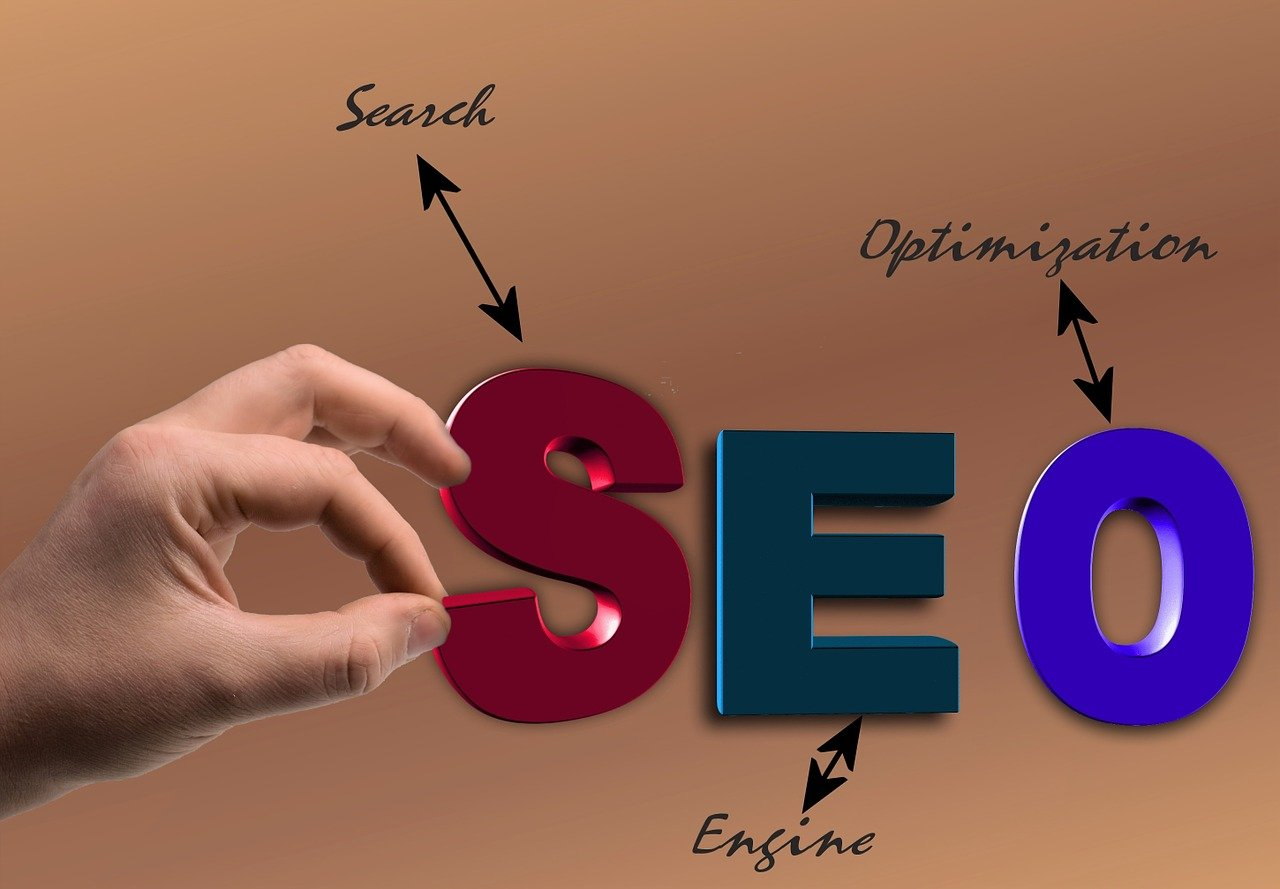<p>Existing in the digital world, making your voice heard, and reaching potential customers all depend on being visible in search engines. This is exactly where a magical concept called "<strong>SEOstrong>" comes into play. So, what exactly is SEO? Why is it so important, and how can you achieve success with proper SEO practices?p> <h2>What is SEO?h2> <p><strong>SEOstrong>, short for "Search Engine Optimization," refers to a series of technical and strategic efforts aimed at helping your website rank higher in the organic (unpaid) search results of search engines like Google, Yandex, and Bing. When a user searches for a specific keyword, the ultimate goal of SEO is for your site to appear at the top as a relevant and high-quality result.p> <p>Search engines work by crawling and indexing billions of pages on the internet. They then rank these pages using specific algorithms. SEO focuses on understanding these algorithms and optimizing your site accordingly. Remember, SEO isn't magic; it's a scientific process that requires patience, effort, and continuous learning.p> <h2>Why is SEO So Important?h2> <p>In today's internet age, search engines are the first stop for anyone looking for a product or service. The vast majority of people visit sites on the first page of search results, or even among the top few ranks. If your website isn't on these first pages, your potential customers will never find you. Here are a few points illustrating the importance of SEO:p> <ul> <li><strong>Increased Organic Traffic:strong> Traffic from search engines, thanks to SEO, is one of the highest quality and highest conversion rate types of traffic. This is because users are already searching for a specific need or information.li> <li><strong>Brand Awareness and Trustworthiness:strong> Ranking high in search results increases your brand's authority and credibility in the industry. People perceive top-ranking sites as more trustworthy and authoritative.li> <li><strong>Competitive Advantage:strong> SEO is indispensable for getting ahead of your competitors and becoming a leader in your industry. If your competitors are doing SEO and you're not, you'll always fall behind.li> <li><strong>Increased Conversion Rates:strong> Properly targeted and high-quality traffic leads to more conversions, such as sales, subscriptions, or contact form submissions.li> <li><strong>Cost-Effectiveness:strong> Compared to advertising, SEO is a much more cost-effective marketing strategy in the long run. You don't pay per click for organic traffic.li> ul> <h2>What are the Types of SEO?h2> <p>While SEO is a general concept, it encompasses various strategies and application areas. The main types of SEO are:p> <h3>1. Technical SEOh3> <p>These are technical improvements that ensure your website can be easily crawled and indexed by search engine bots. It deals with your site's infrastructure.p> <ul> <li><strong>Site Speed Optimization:strong> Fast page loading is critical for both user experience and search engine rankings.li> <li><strong>Mobile Friendliness (Responsive Design):strong> Ensuring your site displays seamlessly on different devices (phones, tablets). Mobile-first indexing is the current standard.li> <li><strong>Sitemap and Robots.txt:strong> Helps search engines better understand your site and determine which pages to crawl.li> <li><strong>SSL Certificate (HTTPS):strong> Providing a secure connection is important for both users and search engines.li> <li><strong>Canonical URLs:strong> Used to resolve duplicate content issues and point search engines to the correct page.li> <li><strong>Structured Data Markup (Schema Markup):strong> Helps search engines better understand your content and display rich snippets in search results.li> ul> <h3>2. On-Page SEOh3> <p>These are optimization efforts made directly on your website's pages, focusing on optimizing content and page structure. It directly relates to the content presented to the user.p> <ul> <li><strong>Keyword Research and Integration:strong> Finding what your target audience is searching for and naturally incorporating those keywords into your content.li> <li><strong>Title Tags and Meta Descriptions:strong> Making these fields, which appear in search results, both appealing to users and rich in keywords.li> <li><strong>URL Structure Optimization:strong> Using clear, concise, and keyword-rich URLs.li> <li><strong>Heading Tags (H1, H2, H3, etc.):strong> Structuring content hierarchically and improving readability.li> <li><strong>Image Optimization:strong> Optimizing image sizes and using alt tags.li> <li><strong>Content Quality and Depth:strong> Producing valuable, informative, original, and comprehensive content for users.li> <li><strong>Internal Linking:strong> Connecting related pages within your site to improve user experience and page authority.li> ul> <h3>3. Off-Page SEOh3> <p>These are optimization efforts made outside your website, usually through other websites. They aim to increase your site's authority and popularity.p> <ul> <li><strong>Backlink Building (Link Building):strong> Acquiring high-quality links (backlinks) to your site from authoritative and relevant websites through natural means. This is a trust signal for search engines.li> <li><strong>Social Media Marketing:strong> While not a direct SEO factor, sharing your content on social media indirectly contributes to SEO by driving traffic and increasing brand awareness.li> <li><strong>Online Reputation Management:strong> Positive reviews about you, mentions in forums, and similar elements strengthen your site's overall reputation.li> <li><strong>Local SEO:strong> Optimizations specifically for businesses with a physical location, involving Google Maps, local directories, and local keywords.li> ul> <h2>How to Do Proper SEO?h2> <p>Proper SEO doesn't rely on a single trick or shortcut; rather, it requires continuous strategy, analysis, and implementation. Here are the fundamental steps for a successful SEO strategy:p> <h3>1. Comprehensive Keyword Researchh3> <p>The heart of SEO is finding the right keywords. You need to understand what your target audience is truly searching for and what terms they use. You should target not only single words but also more specific phrases known as "long-tail keywords." These keywords are often less competitive and have higher conversion rates.p> <h3>2. Quality and Value-Oriented Content Creationh3> <p>Google's primary goal is to provide its users with the most relevant and valuable content. Therefore, instead of keyword stuffing, you should produce informative, original, and comprehensive content that solves your readers' problems. Make sure your content is fluid, understandable, and enjoyable to read. **Semantic SEO** comes into play here. This means not only using the main keyword but also naturally incorporating all related subtopics, terms, and synonyms into your content.p> <h3>3. Strengthening Technical Infrastructureh3> <p>If your website's technical foundation isn't strong, even the best content might not be fully perceived by search engines. Prioritize technical elements such as site speed, mobile friendliness, secure connection (HTTPS), and a clean URL structure. Getting support from a webmaster or SEO expert in this regard will be beneficial.p> <h3>4. Building a Quality Backlink Profileh3> <p>Backlinks signify a "vote of confidence" for search engines. Aim to acquire links naturally from relevant, high-authority, and trustworthy sites within your industry. Guest posting, providing content for industry publications, and creating valuable content that encourages other sites to link to you are important parts of this strategy. Always avoid low-quality or spammy backlinks; these will do more harm than good to your site.p> <h3>5. User Experience (UX) Focused Approachh3> <p>Search engines are increasingly prioritizing user experience. Is your site easy to navigate? Is the content understandable? Does it load quickly? If the answer to these questions is yes, users will spend more time on your site, which will reduce your bounce rate and send positive signals to search engines.p> <h3>6. Continuous Analysis and Optimizationh3> <p>SEO is not a static process. Search engine algorithms are constantly updated, and your competitors are also active. Therefore, you should regularly monitor your site's performance using tools like Google Analytics and Google Search Console. Analyze metrics such as which keywords are driving traffic, which pages are performing well, and how long users stay on your site to continuously optimize your strategy.p> <h2>Conclusionh2> <p>SEO is a vital investment for any business or individual who wants to succeed in the digital world. Visibility in search engines not only drives traffic but also boosts your brand's reputation and plays a critical role in achieving your long-term business goals. With the right strategies, patience, and continuous optimization, you can elevate your website to the top of search engine rankings and solidify your place in the digital world. Remember, what matters isn't short-term tricks, but a long-term, value-driven approach.p> body> html>
-
What is SEO, What are its Types? Importance and Proper SEO
What is SEO, What are its Types? Importance and Proper SEO
Created: 5 months ago













